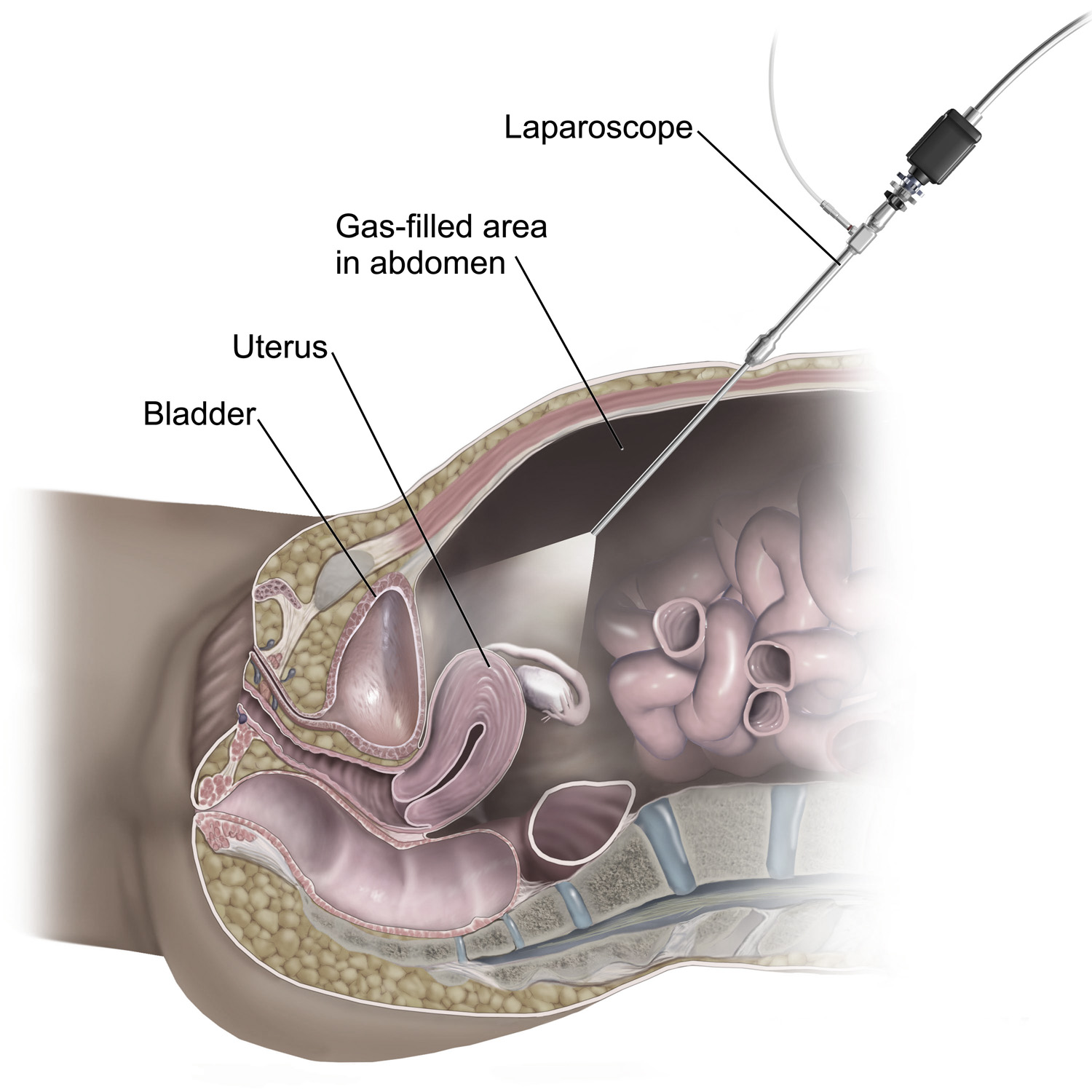Reproductive Surgery
Some women have difficulty conceiving because of problems in their reproductive system. These range from a congenital malformation (birth defect) of the uterus or absence of a vagina, to acquired abnormalities such as polyps, fibroid or endometriosis. If the doctor evaluates you to have any of these conditions, you may need surgery to correct the issue. Reproductive surgeries include Hysteroscopy, Laparoscopy and Myomectomy.
Is Reproductive Surgery right for me?
IVF was developed to treat infertility caused by tubal damage, endometriosis, sperm disorders and unexplained factors. Whether the patient needs IVF will depend on the infertility diagnosis and the treatment plan required in addressing the condition.

Endometriosis

Fibroids, polyps, scar tissue or uterine septum
A Hysteroscopy is a procedure that can be performed to exlude any fibroids, polyps, scar tissue or a uterine septum. If it has been determined that there are uterine fibroids, a Myomectomy can be performed to remove these symptom-causing fibroids and to reconstruct the uterus. A Myomectomy can be performed Hysteroscopically or Laparoscopically.

Unexplained Infertility
Laparoscopy can also help when a woman has unexplained infertility. This is the diagnosis when results of other diagnostic tests were normal, but a woman is still unable to conceive. By taking a look at the reproductive organs, the doctor may be able to identify conditions that are preventing conception and are otherwise undetectable.
Infertility and its treatment can be quite stressful from an emotional, physical and financial point of view. We encourage partners to be supportive and participate in the treatment process. It can also be helpful to develop a network of supportive friends and relatives.
Laparoscopy process

Undergo anaesthesia



Laparoscope insertion


Post care



Gas injection into abdomen
A needle is inserted into the abdomen and gas is injected to make it easier for doctors to see organs and structures.



Examination

Unsure of the treatment you require? Book an appointment today.
Book AppointmentHysteroscopy process
A Hysteroscopy involves a camera being inserted into the vagina gently navigating through the cervix into the uterine cavity. It is typically performed to exclude any fibroids, polyps, scar tissue or a uterine septum.



Local anaesthesia



Uteral expanding



Dilating of the cervix



Examination
While shining a light source through the hysteroscope, the doctor looks inside the uterus and the openings of the Fallopian tubes into the uterine cavity. If a Myomectomy is needed, small instruments are inserted through the hysteroscope.




